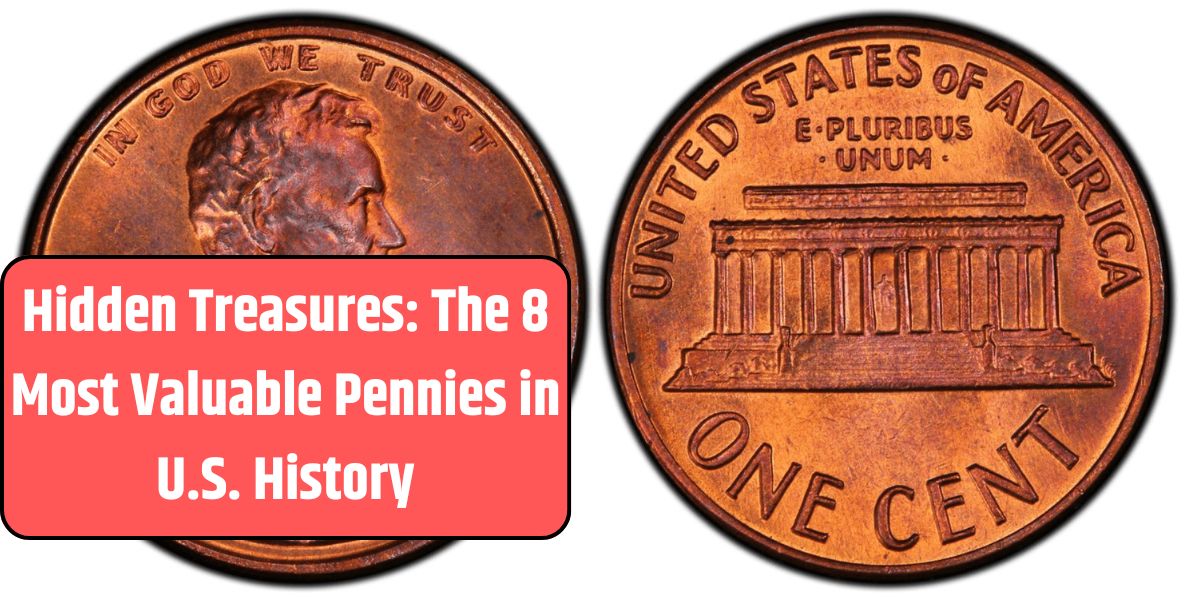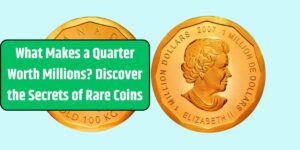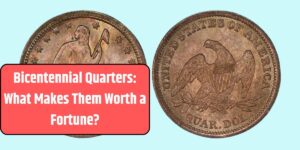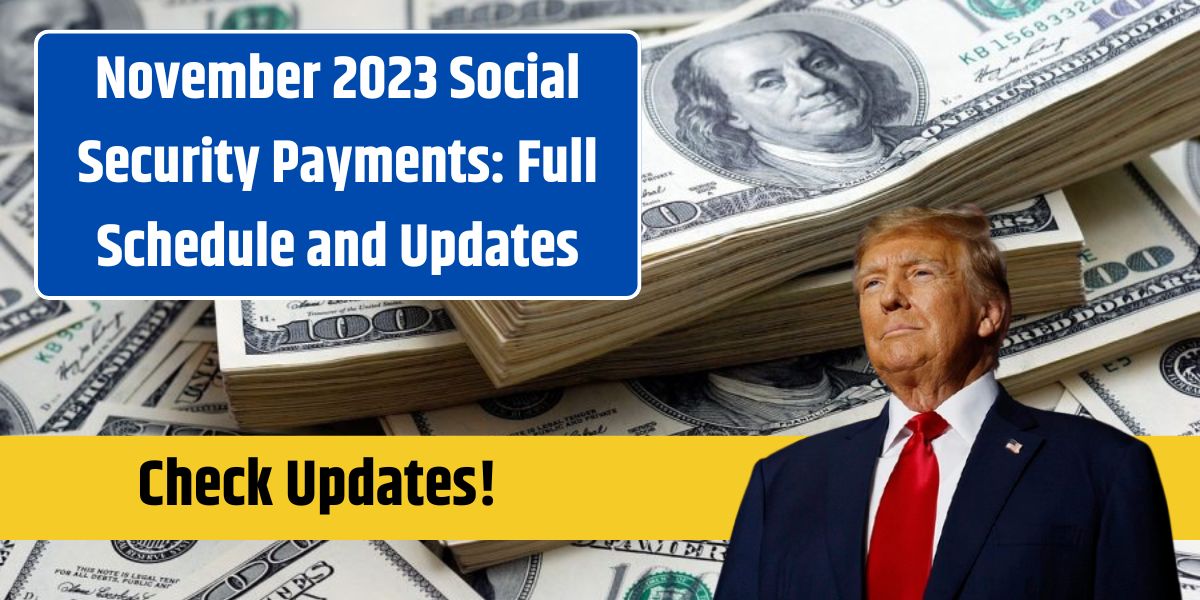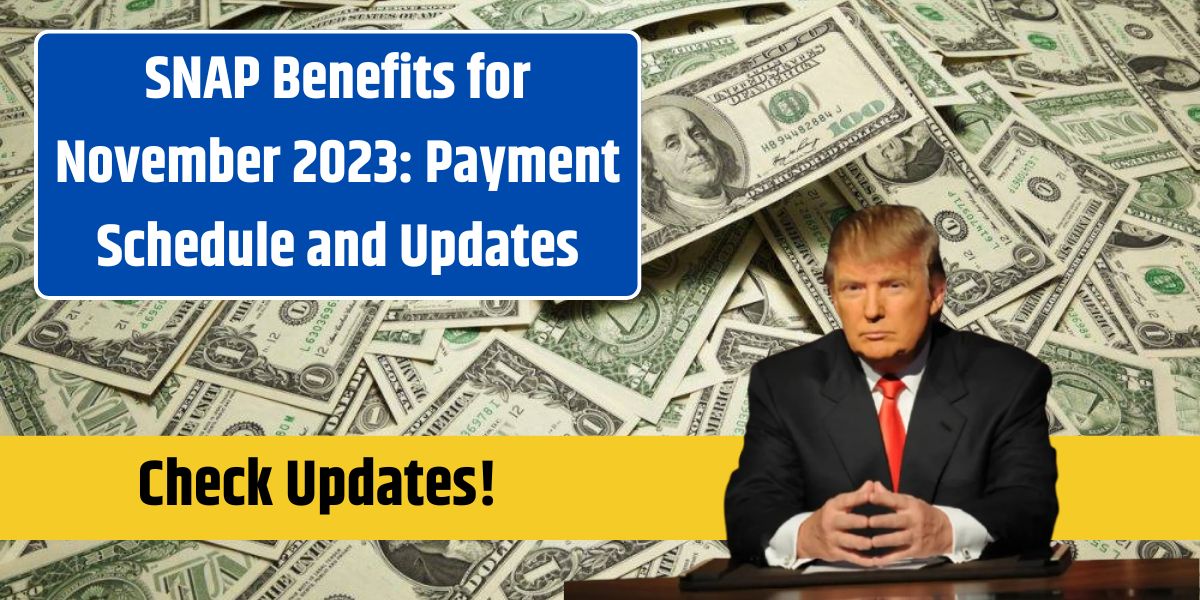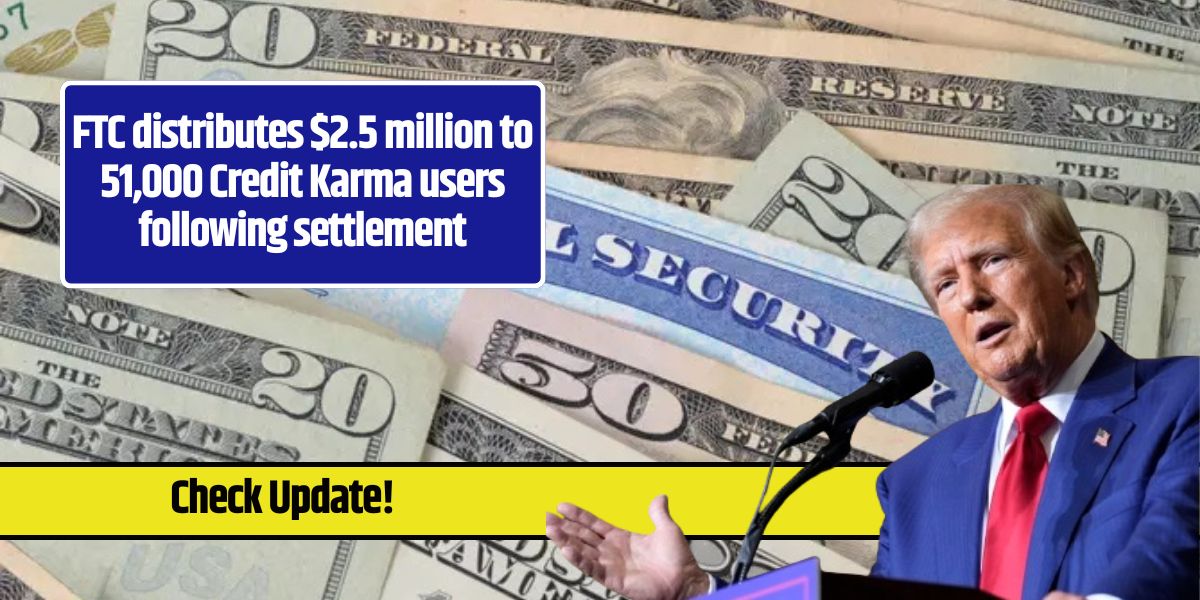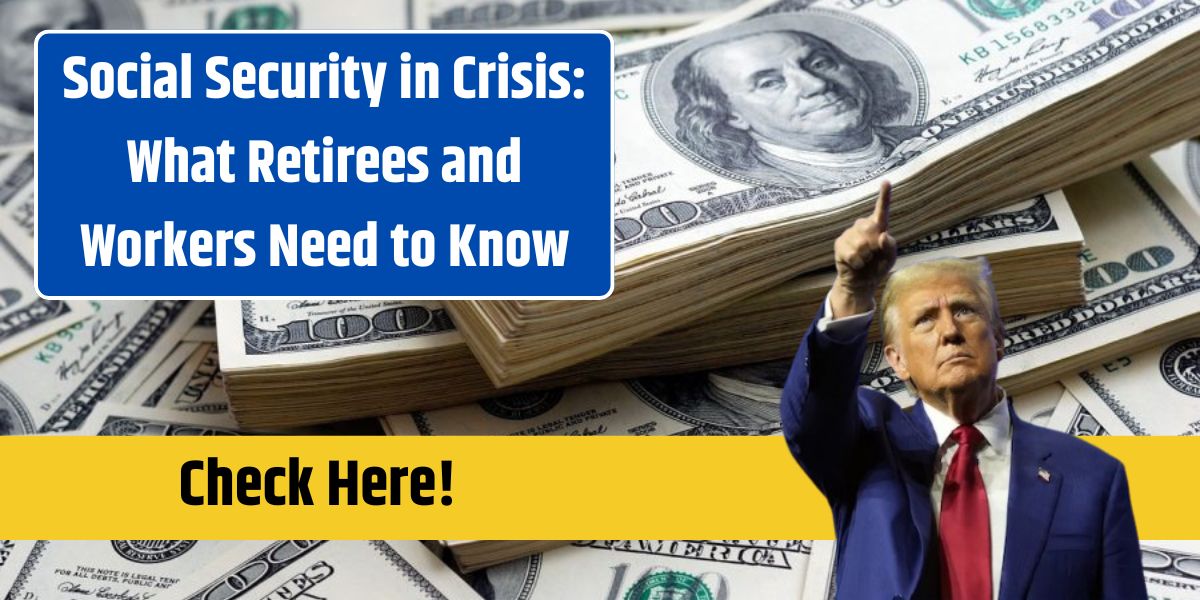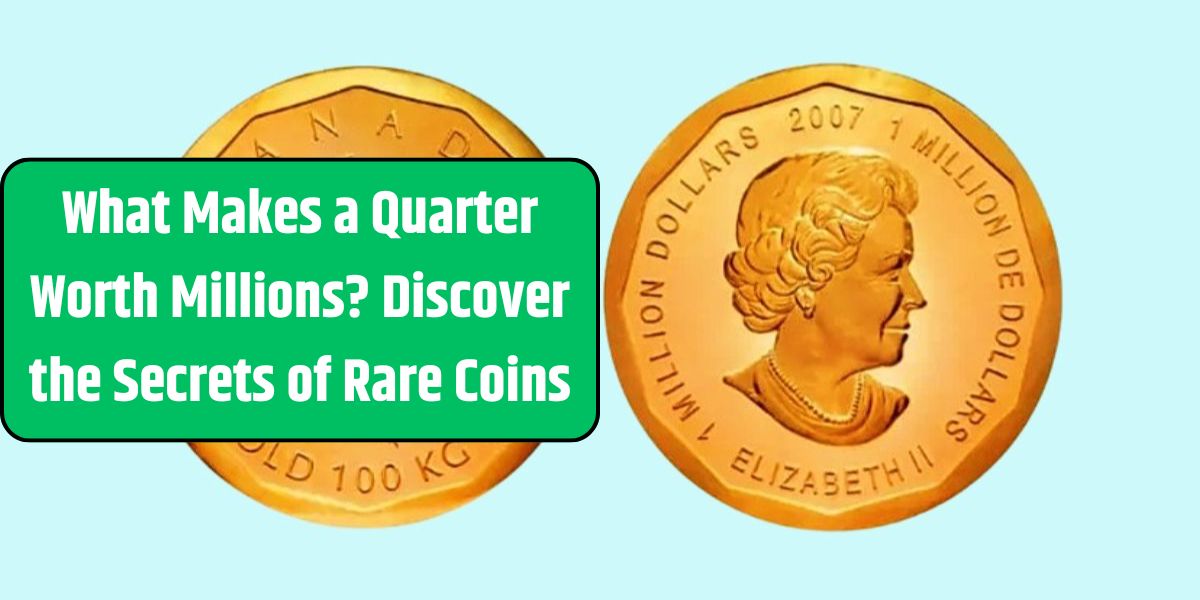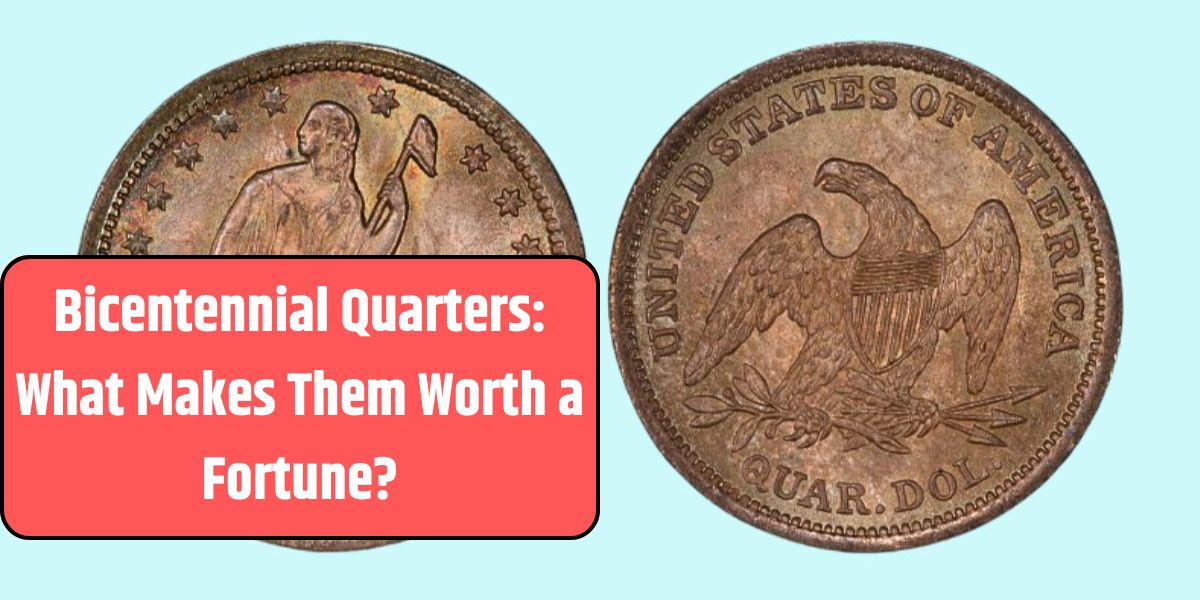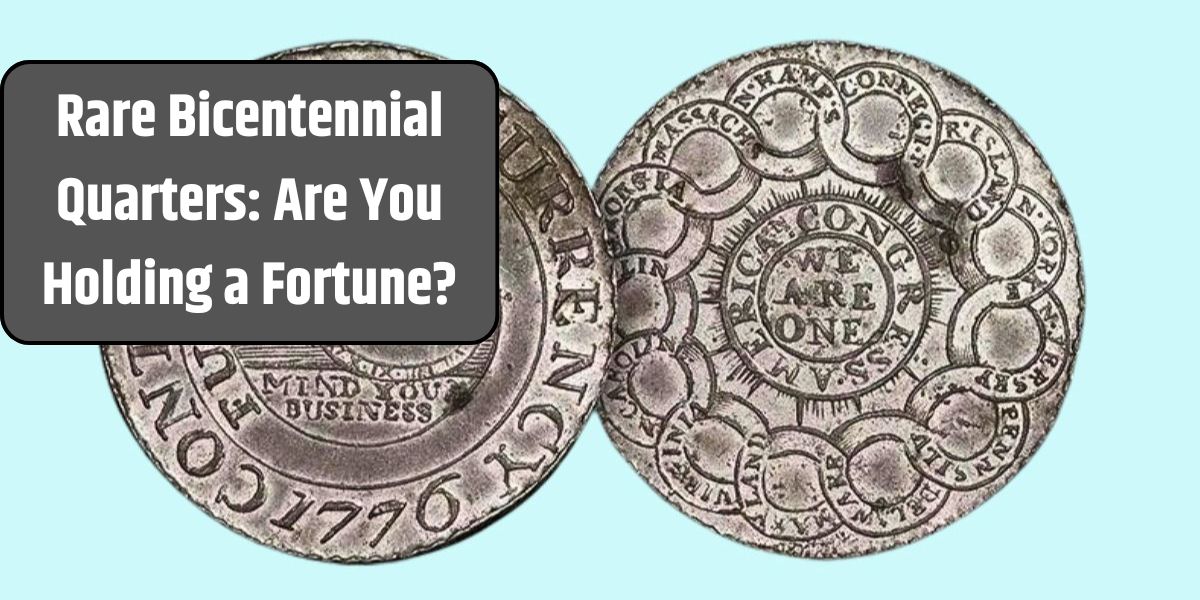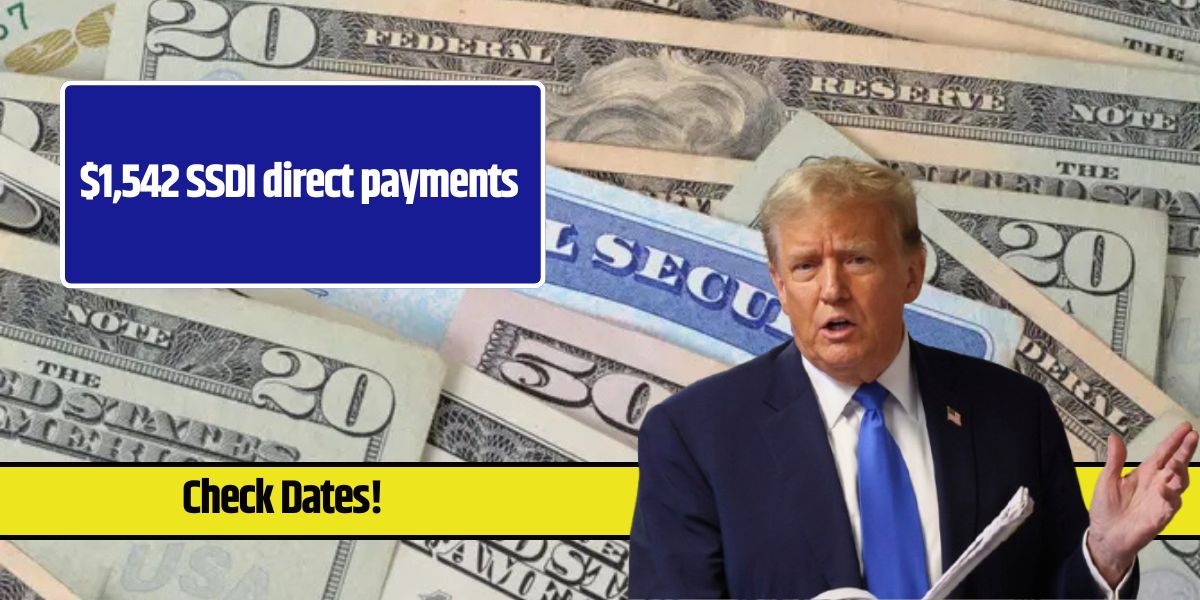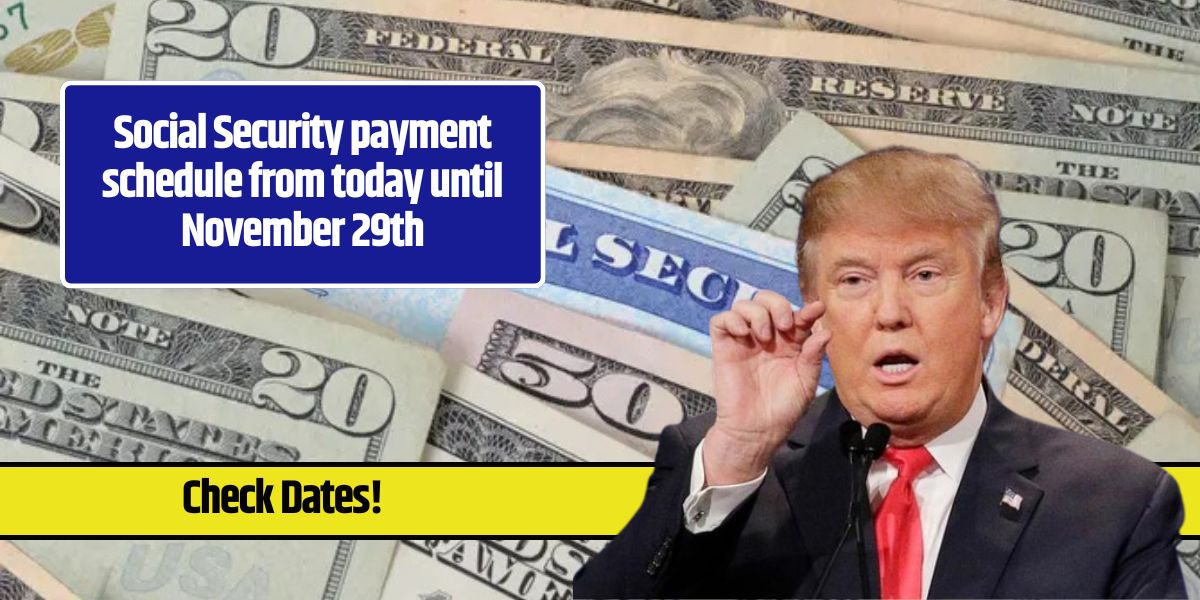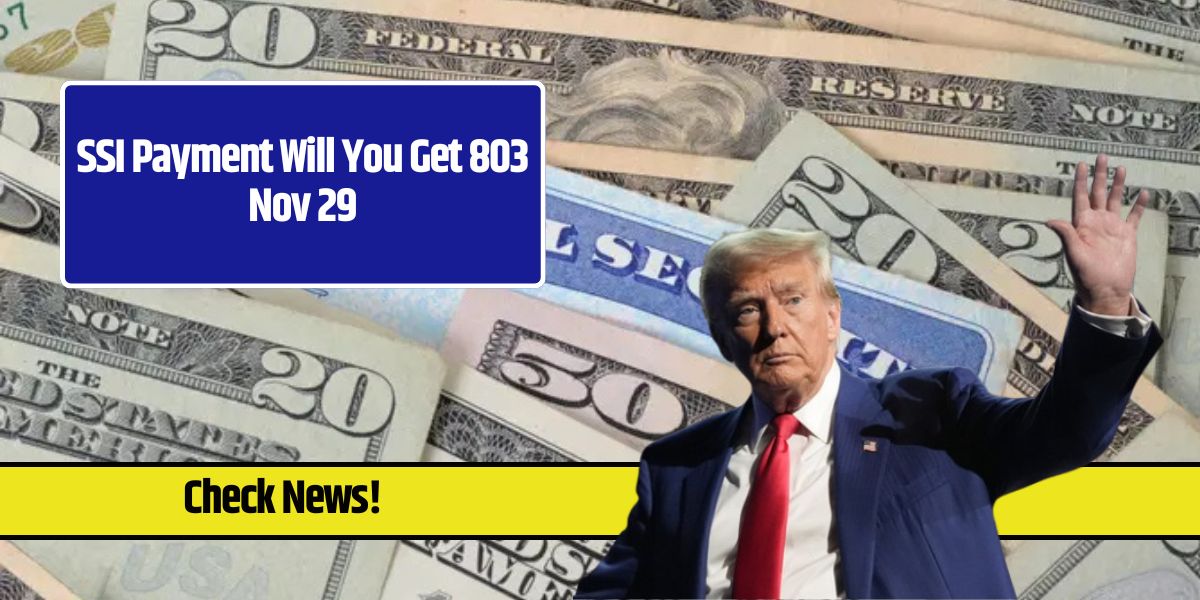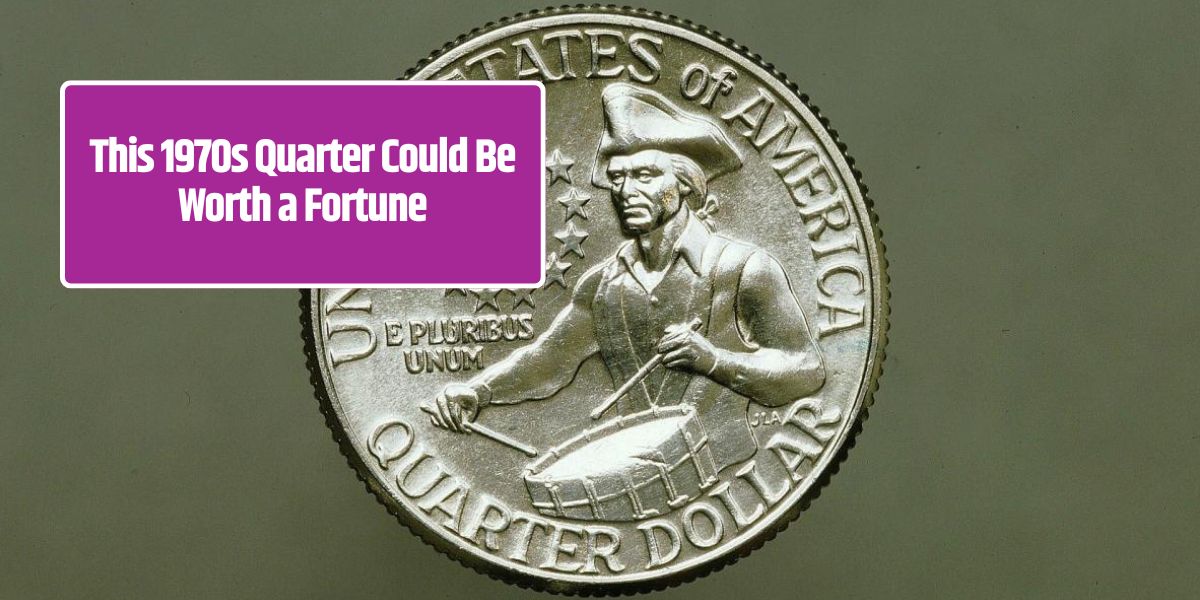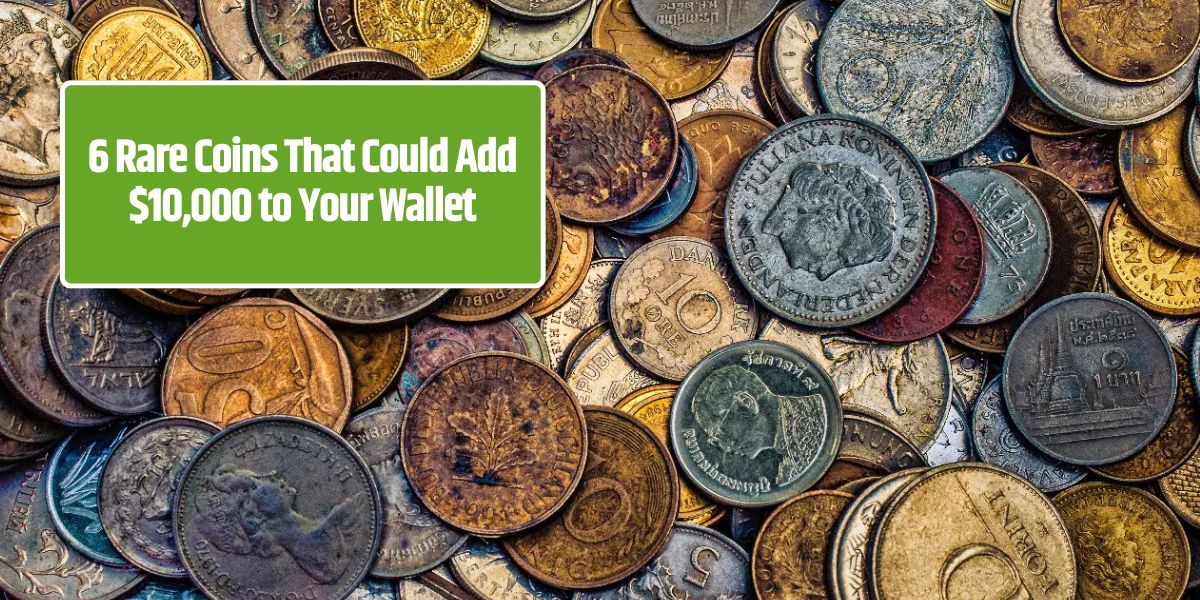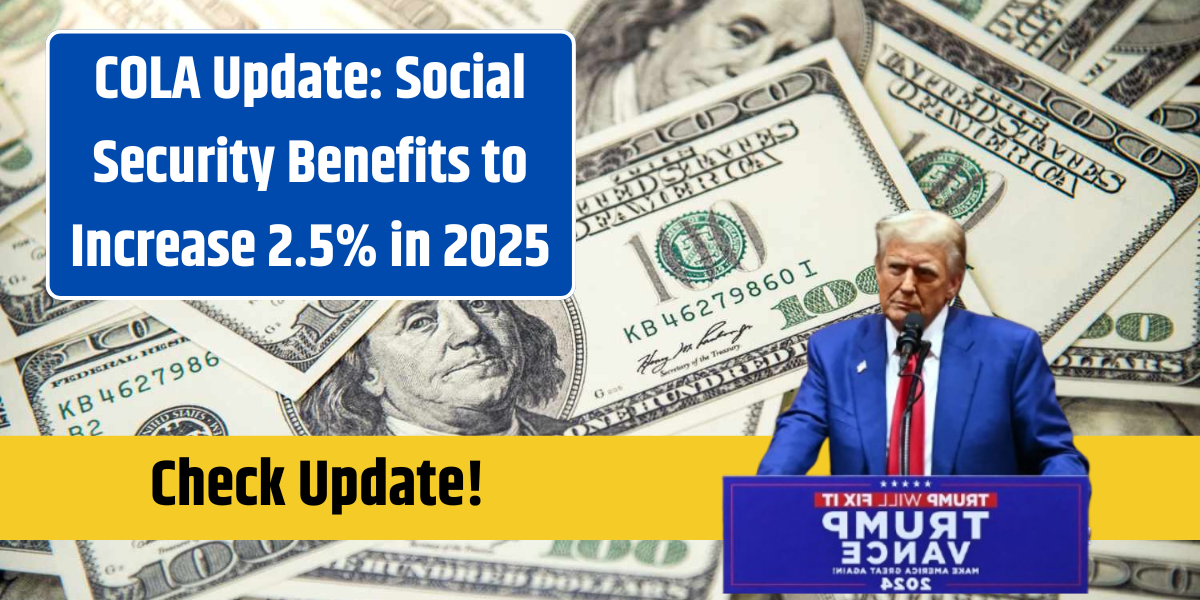Pennies, the smallest denomination in American currency, hold an outsized potential for value when it comes to rare specimens. Hidden in old collections or even loose change, these coins can be worth thousands—or even hundreds of thousands—of dollars. Let’s dive into eight of the most valuable pennies in U.S. history and uncover what makes them so extraordinary.
The Wartime Wonder: 1943 Copper Penny
One of the most famous error coins, the 1943 Copper Penny, emerged during World War II when the U.S. Mint switched to steel pennies to conserve copper for the war effort. Despite this, a few copper blanks accidentally made it into production. These rare coins are highly sought after and can be worth up to $300,000 or more, depending on their condition.
Early Rarities: 1914-D and 1909-S VDB Pennies
1914-D Wheat Penny
With only 1.2 million minted, the 1914-D penny is a cornerstone for collectors. Most of these coins were heavily circulated, making high-grade examples incredibly rare and worth up to $100,000.
1909-S VDB Penny
As the first year of the Lincoln design, the 1909-S VDB penny holds historical significance. Only 484,000 were produced at the San Francisco Mint with the designer’s initials “VDB” on the reverse, making these coins worth over $50,000 in pristine condition.
Famous Double Vision: The Doubled Die Pennies
1955 Doubled Die Penny
This famous error coin shows a distinct doubling of the date and inscriptions. Even circulated examples fetch over $1,000, while high-grade specimens can exceed $10,000.
1972 Doubled Die Penny
Similar to the 1955 error, the 1972 Doubled Die Penny displays doubling on the obverse inscriptions. It is less famous but still valuable, with prices reaching thousands of dollars for well-preserved examples.
1969-S Doubled Die Penny
This error, exclusive to coins from the San Francisco Mint, is one of the rarest doubled die varieties, with values ranging from $30,000 to $50,000 or more depending on condition.
Missing Mark: 1922 No D Wheat Penny
In 1922, only the Denver Mint produced pennies. However, worn dies led to some coins being struck without the “D” mint mark, creating the 1922 No D Wheat Penny. This error has become a collector’s favorite, with high-quality examples selling for over $10,000.
Steel in a Copper Year: 1944 Steel Penny
After returning to copper production in 1944, a few steel blanks from 1943 mistakenly entered circulation. These 1944 Steel Pennies are worth tens of thousands of dollars, with pristine examples fetching even higher prices.
Tips for Finding Valuable Pennies
If you’re inspired to search for rare pennies, follow these steps:
What to Look For
- Dates and Mint Marks: Check for significant years like 1943, 1909, and 1922.
- Errors: Look for doubling, missing marks, or irregularities.
- Condition: Well-preserved coins are significantly more valuable.
Proper Storage
- Use coin holders to protect surfaces.
- Store coins in cool, dry environments to prevent corrosion.
- Avoid handling coins with bare hands—use gloves to preserve their condition.
Authentication and Selling
- Professional Appraisal: Have valuable coins authenticated and graded by services like PCGS or NGC.
- Selling Options: Consider auction houses for high-value coins or reputable coin dealers for smaller finds.
Why Are These Pennies So Valuable?
Several factors influence the value of rare pennies:
- Rarity: Coins with limited production or surviving numbers are in high demand.
- Historical Significance: Many of these coins reflect pivotal moments in U.S. history.
- Condition: High-grade examples command premium prices.
- Errors: Mistakes like doubling or wrong materials make coins unique and valuable.
- Collector Demand: The interest of numismatists keeps values high, especially for rare varieties.
How to Identify a Valuable Penny
To identify rare and valuable pennies:
- Examine the Date: Compare your penny’s date to known rare years.
- Inspect Mint Marks: Missing or misplaced marks can signal a rare variety.
- Search for Errors: Look for doubling, off-center strikes, or unusual materials.
- Authenticate: Use professional grading services to confirm rarity and value.
The Excitement of Penny Hunting
Finding one of these rare pennies is like winning a small lottery. While it may seem like a long shot, discoveries happen more often than you might think. Many rare pennies are found in forgotten collections, inherited items, or even pocket change. The key is to know what to look for and handle potential finds with care.
Even if you don’t strike it rich, learning about these coins and their history adds excitement to coin collecting. Who knows? The next penny in your hand might just be worth a fortune.
FAQ:
1. How can I tell if my penny is rare?
Check the date, mint mark, and any errors. Research its characteristics and consider professional authentication.
2. Are old pennies always valuable?
Not necessarily. Age alone doesn’t determine value; rarity, condition, and demand matter most.
3. Should I clean my pennies to increase their value?
No. Cleaning a coin can damage its surface and significantly lower its value.
4. Where can I sell a rare penny?
Auction houses, reputable coin dealers, and online marketplaces like eBay are popular options.
5. What is the most valuable penny ever sold?
A 1943-D Copper Penny sold for $1.7 million in 2010, making it one of the most expensive pennies in history.

